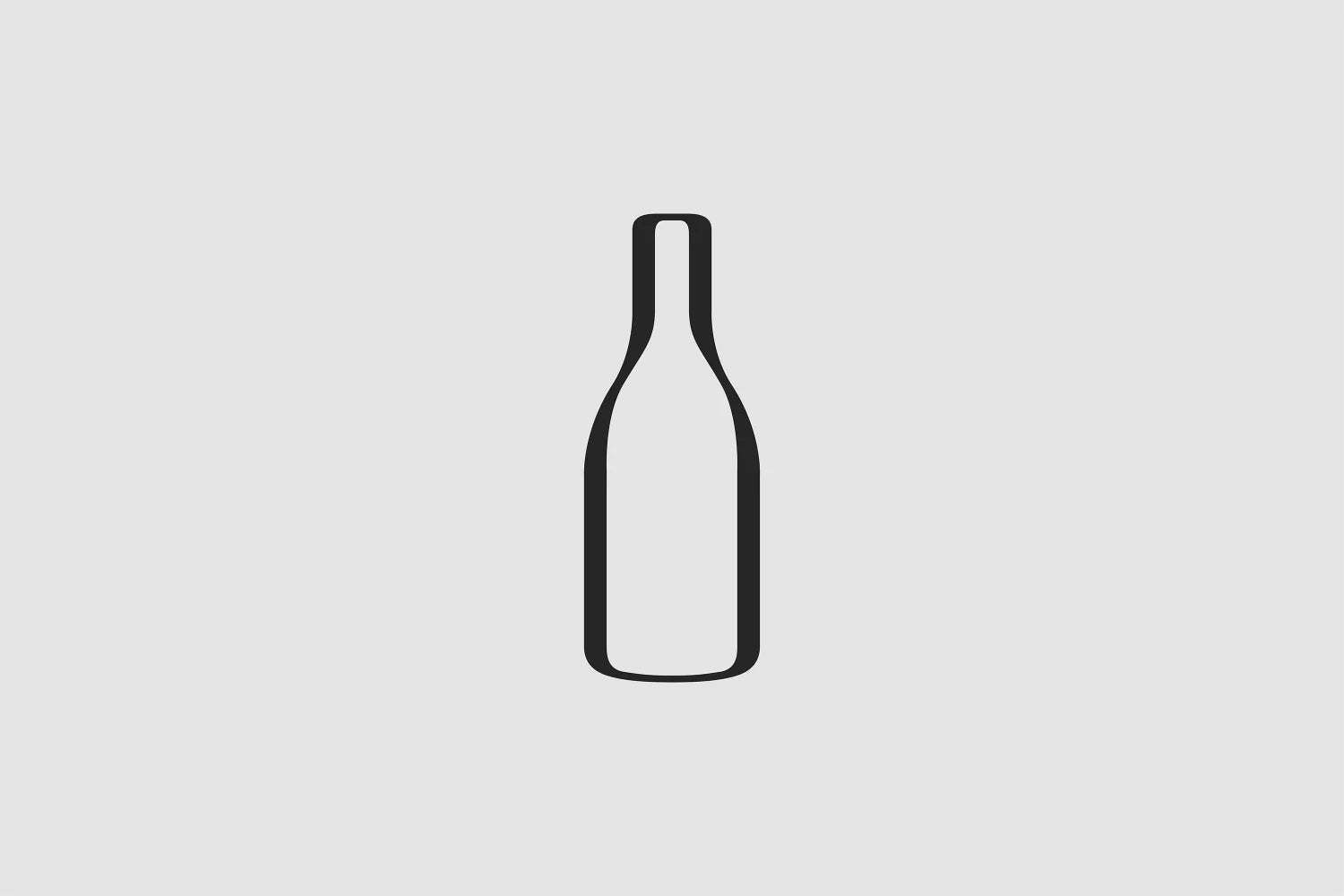Today’s overarching premise is simple: Vouvray is one of the world’s top-two terroirs for the noble Chenin Blanc grape and for those wishing to experience the most cellar-worthy and deeply classic expressions, the man behind today’s breathtaking wine will dominate any conversation. Philippe Foreau’s consistent mastery of Vouvray Sec (dry) has positioned him as one of France’s most celebrated and collectible white wine producers, but today’s thrilling gem takes it into fully sparkling, Champagne-method form.
There’s no other way to say this: Foreau’s 2013 Brut is pure insanity for the price, containing three-dimensional depth and a profound sense of pedigree that could embarrass a shocking number of $75+ Champagnes. In fact, the day after tasting this barrel-fermented, eight-year-old stunner, I found myself drinking a $125 Blanc de Blancs Champagne, and all I wanted was to swap it out for today’s Vouvray Brut. This is easily my favorite sparkling wine release from Foreau, but it comes at a cursed time: He produced just two wines in 2013—one still and one sparkling—and demand has reached never-before-seen heights, so you can imagine our collective dismay when we learned how little we’d be getting. Still, we’re grateful for what we have because we know it’ll make Champagne lovers extraordinarily happy, especially upon learning it’s just $42. Enjoy.
Since creating SommSelect, we’ve made it a rule to not focus on wine press or magazine scores. Still, I’m always curious to read where respected writers and tastemakers stand regarding wines we feature. When I describe a wine as “world-class” or “a certified classic,” I think it’s important to verify that I’m not confusing my own opinion with that of others. I bring this up because, in reading other professional opinions of Philippe Foreau and his brilliant Vouvray, it’s heartening to see the broad consensus. Jancis Robinson calls Foreau one of Vouvray’s “top two names,” Robert Parker has lavished this property with praise for years, Antonio Galloni’s Vinous lauds Foreau every vintage, and Foreau appears in practically every modern New York Times article about Chenin Blanc. In short, everyone who’s anyone seems to agree that Foreau Vouvray is one of the greats.
Foreau is a fascinating property and if you wish to do a “deep dive” into its history, I encourage you to read Loire scholar Jim Budd’s detailed piece about the estate. In the meantime, I’ll share a few important details: The vineyards of the Foreau domaine have been producing wine for centuries, but the estate as we know it today was purchased by Philippe Foreau’s grandfather in 1923. Flint-flecked clay over limestone subsoil is the secret here. Farming has always been conscientious but, as of recently, is now fully organic.
Foreau’s sparkling wines spontaneously ferment in 300-liter French barrels, 5% new, and are racked a few times over a six-month span. Following, the wine is transferred into bottle where it spends over four years on lees before disgorgement. The wine is given a very light dosage—as few as two grams, never more than six—and always laid down for further rest. Today’s 2013 Brut didn’t arrive stateside until this year!
The Foreau “house style” is also demonstrably linear, mineral, and clean, versus the more oxidative and richly lees- and oak-driven styles that abound in Vouvray. All told, this approach results in wines of world-class soil character and stunning cellar potential. In the glass, today’s 2013 Brut pours a deep yellow core with silver and green reflections. After allowing the vigorous mousse to settle for 15-20 seconds, give it one or two swirls and prepare yourself for a powerful blast of aromas in the form of dried yellow apple, pineapple core, white pear, chamomile tea, honeysuckle, damp wool, salted lemon peel, beeswax, acacia honey, struck flint, crushed oyster shells, and white rock. The palate is slightly creamy, deeply textured, and fantastically live-wire with high acid and Chablis-like minerality on the finish. Ideally, drink this wine in an all-purpose stem or Burgundy glass around 50 degrees. About 30 minutes after pulling the cork, it really begins to speak, so be patient and let a bit of the carbon dioxide dissipate as the texture fills out. This wine is incredible now, but each year you age it, added layers of complexity will emerge, so I recommend stowing away some bottles for another 2-3 years. One of my all-time favorite pairings with creamy, long-aged sparkling wine is fried chicken. It’s one of life’s great pleasures. Among the best is by Thomas Keller from the French Laundry—follow the attached recipe for an incredible evening. Cheers!






